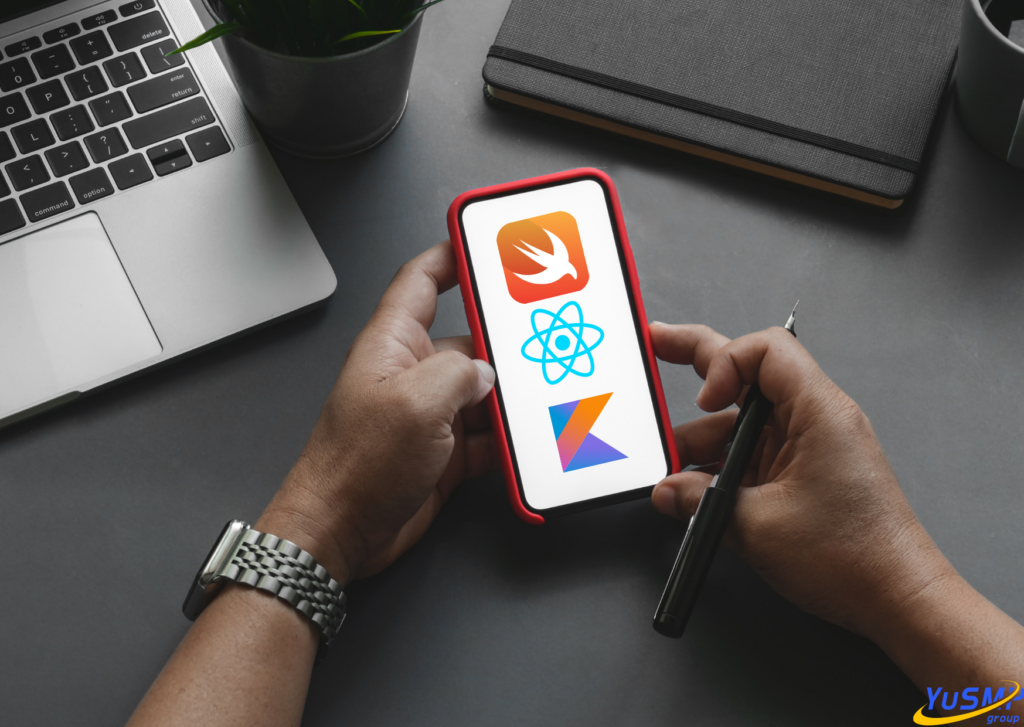We tell you in a simple and clear way in which case you can use cross-platform development, and when youcan not do without native development.
Let's imagine a guy Sergey, who has a car fleet. Sergey wants to receive more orders and therefore decides to develop his own application for ordering a taxi. Of course, he wants to reach more customers: so it needs software for both iOS and Android. Sergey understands that there will be two different applications, but he has heard something about making one that will work on all smartphones.
What are cross-platform and native development?
Native development is the creation of a product that is written in original programming languages created specifically for the chosen platform. For example, native languages for Android are Java and Kotlin, for iOS-Swift and Objective-C. The native app will only work on its own platform.
Cross-platform applications can run on multiple operating systems at once. For this purpose, specialized cross-platform frameworks are used, such as Flutter or React-Native.
Now Sergey knows what is what. At first glance, cross-platform development seems more profitable, but he understands that there are significant differences in the approaches.

Why multiplatform development is not 2 times cheaper than native development
It would be logical to assume that cross-platform development should cost half as much as native development because one application is being developed instead of two. But it's not, and here's why.
Although the product will have the same business logic and navigation in cross-platform development, the screens for each system will be different. In this way, native application screens are drawn and implemented for iOS and Android.
If we talk about the price, the cost of cross-platform development is on average 70% lower than the native one.
Differences between multiplatform and native development.
A native app will always look better than something developed using multiplatform technology. The design, download speed, access to all the device functions (camera, geolocation, calendar, and so on), and interface - all these give native development a hundred points ahead. Cross-platform applications are inferior to native ones in this respect – they work slower, and the interface is significantly different.
Native development is more expensive, as you will have to use at least two developers who specialize in different platforms. Besides, this approach requires more time.
The main advantage of the cross-platform approach is that the development speed is higher than that of the native one, and less time and resources are spent.
Our guy Sergey is a little confused, so let's try to specify things.
The examples of when to use multiplatform development, and when to use the native one
Cross-platform development is not suitable for serious business projects. This solution is optimal when writing a simple application that has few screens and many common elements for different platforms.
For example, this type of development is advantageous when writing a prototype application for several platforms in a short time, for a game or test application.
For applications with unique interfaces and complex business logic, the native development method is more suitable.
Now Sergey understands why cross-platform and native development is needed, he has made a decision for his project, but he will still discuss everything with professionals.
We always offer a solution based on the client's request
Native development on multiple platforms is more profitable for web studios, but we will not force you to choose such services if a project that does not require it. If the customer needs a demo version, and the time and budget are limited, then it is wiser to choose cross-platform development.
The experience of our specialists will allow you to understand and find the best solution for each project.